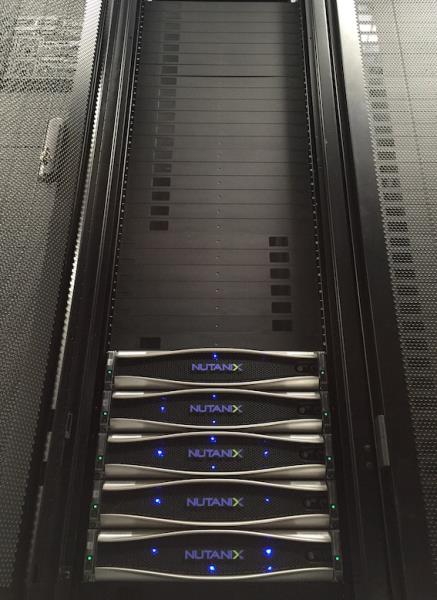05 July 2016
Stockport Council has adopted a web-scale IT approach that is more associated with the cloud services of Google, Amazon and Facebook.
Stockport Council is consolidating its computing, virtualisation and storage systems into a single and highly scalable and turnkey appliance.
The hyper-converged system will replace the local authority’s legacy SAN architecture which had become slow, inflexible and expensive to run and maintain.
As part of its ‘Digital by Design’ programme, Stockport Council aims to improve access to services for its 286,000 residents through a new website, as well as make better use of the data it holds.
The initiative is underpinned by Nutanix’s enterprise cloud platform. This will power the council’s two data centres which handle disaster recovery and production.
Nutanix claims its platform will also reduce Stockport’s data centre footprint by 20x, with the previous 10 racks condensed to half a rack.
The company adds that as well as simplifying and consolidating operations and deployment, the move is expected to generate major cost savings and reduce the technical requirements to run, maintain and develop data storage.
Based on a pay-as-you-grow model, the virtual desktop environment can be scaled up by additional computing modes. Nutanix says this simplicity negates the use and expense of the specialist teams that managed the previous infrastructure.
Data recovery is also said to be faster and now takes just a few hours, which also translates to a major cost saving. Previously, a third party would be used to rebuild the council’s server from scratch over five days.
“We need a highly flexible cloud solution that will evolve as the requirements of the council change,” said Stockport Council’s IT operations manager Adrian Davies. “It needs to support potential expansion, collaboration with partners and the demands of new ways of working, all without disruption to services.
“Local public services are experiencing significant change and it’s hard to know what services requirements will be over the next five years.”










